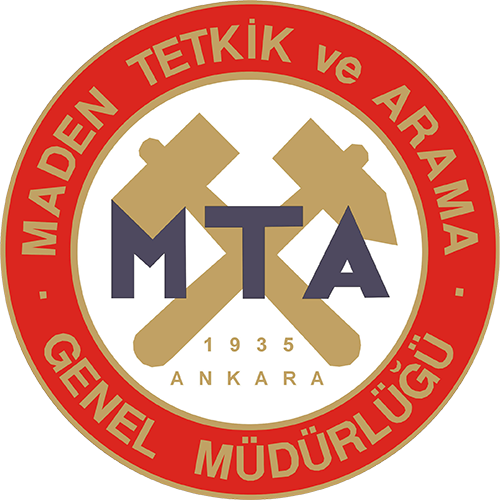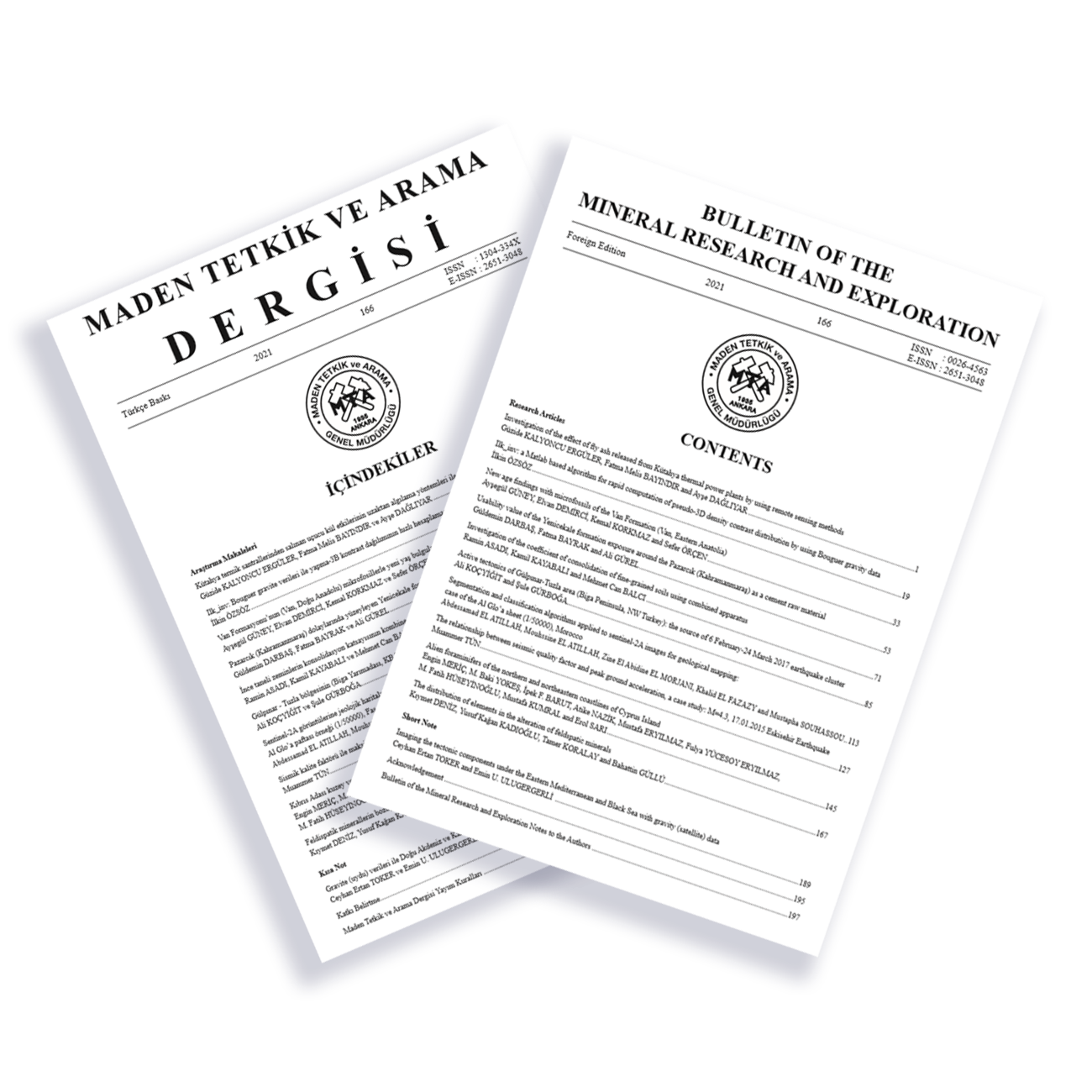Details
Modelling and computation of gravitational attraction, gradient tensors, rotational and horizontal invariants of Asteroid Bennu (101955), Itokawa (25143) and Eros (433) via 2D Non-Uniform FFT
Bennu (101955), İtokawa (25143) ve Eros Asteroitlerinin (433) yerçekimi, gradyan tensörleri, rotasyonel ve yatay sabitlerinin 2B Düzensiz Hızlı Fourier Dönüşümü aracılığıyla modellenmesi ve hesaplanması
Indexed In
Volume 173 / 2024Authors
İlkin ÖZSÖZKeywords
2D NU-FFT, Bennu (101955), Itokawa (25143), Eros (433), Gravity gradient tensors.Abstract
The internal structure and mass distribution of the terrestrial objects are yet unknown. The 2D gravity model with a constant density of the terrestrial objects can shed light on the surficial or textural heterogeneity due to topographic variations of the terrestrial objects. Three different steroids, which are Bennu (101955), Itokawa (25143) and Eros (433) are modelled in this study. During the modelling phase, a different number of edges, elements, nodes, and faces are used to describe the 3D models of Bennu, Itokawa, and Eros. These 3D models are used in 2D Non-Uniform Fast Fourier Transform (NU-FFT) applications to obtain gravitational attraction with a constant density polyhedron model. Tensor gradients and tensor invariants of the modelled gravity anomaly are calculated. Three major outcomes are interpreted from tensor gradient and tensor invariants. Firstly, textural heterogeneity due to relatively low topography is detected in the central part of Bennu. Secondly, considerably different properties which can be related to surface variations between the two lobes of Itokawa are observed. Lastly, directional surficial heterogeneities were detected in Eros.
Click for .pdf Türkçe .pdf için tıklayınız
